Outdoor spaces and the importance of planning and its role in garden design.
Pre-planning is one of the things that every person should think about before starting any project, and the goal he wants to achieve is the first and most important step to achieving a clear idea for your project, especially when it comes to designing gardens and outdoor spaces. For you, you must have a comprehensive plan that includes all the details that you must do before starting, starting from the distribution of outdoor spaces and the selection of suitable plants, right up to determining the practical and aesthetic functions of each part of the garden. It is not just a fantasy, but a thoughtful process that will help you turn your thoughts into an organized and effective reality.
Table of Contents
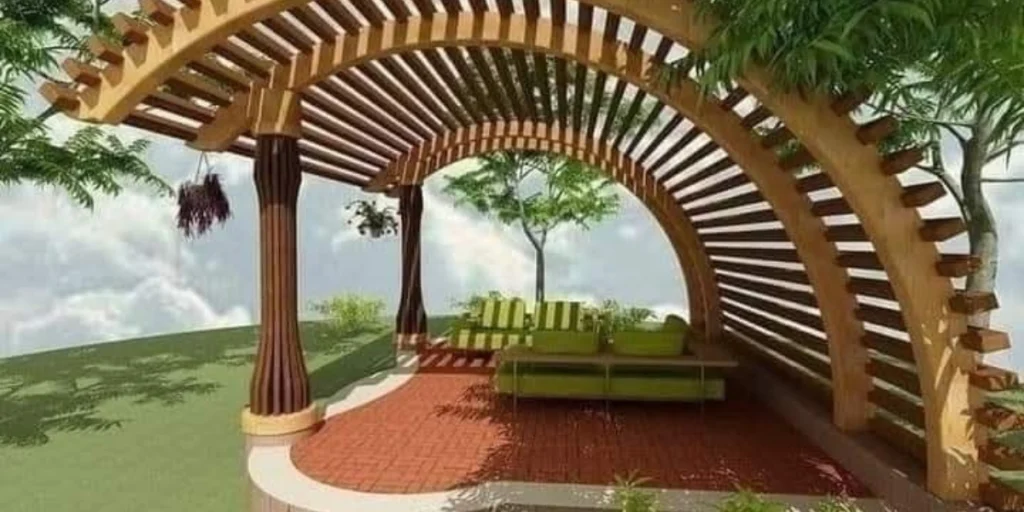
The importance of planning lies in the fact that it guarantees you satisfactory results that last in the long run. By thinking in advance, you can avoid excessive costs and mistakes that may harm the overall appearance or efficiency of use. In addition, planning helps you design living and balanced spaces, mixing beauty and good choices while respecting the environment. Whether you want a home garden that gives an atmosphere of tranquility to your life or an outdoor space that attracts visitors to your business project, planning is the key to achieving success with minimal effort and maximum benefit.
2. The benefits of planning in the design of gardens and outdoor spaces
Planning is one of the most important factors contributing to the successful design of gardens and outdoor spaces. When implementing any garden or outdoor space design project, thoughtful planning helps you reach a clear vision reflecting your needs. By setting your priorities, such as outdoor spaces dedicated to relaxation, leisure, or agriculture, you can balance aesthetic and practical aspects. The layout also allows you to optimally exploit the space optimally, making the garden or outdoor space fit perfectly into your lifestyle. It also contributes to avoiding unnecessary costly adjustments during execution.
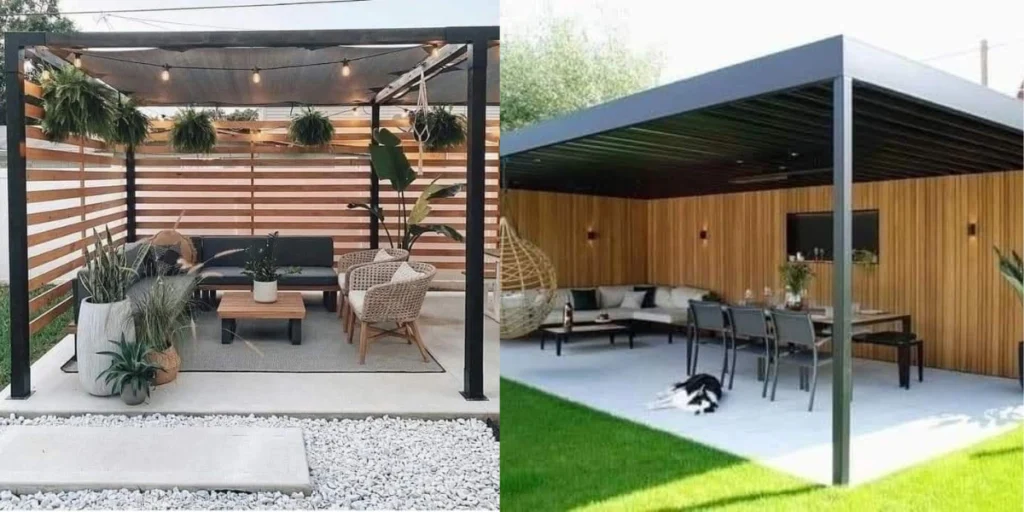
Try to save time and effort in all your planning
Planning is among the most successful strategies that save not only money but also a lot of time and effort. When you have a clear plan, there is less chance of mistakes that may cost you a long time to fix or may require redesigning parts of the project where you have made a lot of effort. Moreover, planning helps you determine in advance which materials and plants you need, which reduces the time wasted on searching for them. Thus, you can have a landscaped garden or outdoor space without the need to constantly rethink or adjust the plan.
Reduce costs by optimizing resources and balancing beauty and functionality
By planning, you can ensure that the available resources are used with maximum efficiency, which contributes to reducing costs in the long run. When choosing plants suitable for the microclimate and soil and planning the location of furniture or other elements in the garden, excessive expenses on unnecessary care or materials that are not suitable for the environment can be avoided.
Moreover, thoughtful planning helps to find the balance between beauty and functionality. While striving for a beautiful design, you should not ignore the practical functions of the space, such as providing shade, privacy, or improving the flow of movement. It is this balance that makes the design of a garden or outdoor space a sustainable and attractive experience.
3- How does advanced planning help save time and costs in the long run?
Planning is the perfect way to save effort and money. Designing a garden or outdoor space is one of the things that can make you think several times before you do something when you start planning the place from the beginning, so you can avoid mistakes that may cost you a lot of effort, such as choosing plants or materials that do not suit the environment or lighting and irrigation methods. Therefore, you must distribute the plants and basic facilities well, which makes the use of outdoor spaces more effective and reduces the need for modifications after you start implementation.
Therefore, planning is one of the things that you can also set a clear budget for purchasing materials and plants, which helps you avoid buying things you do not need. With this type of preparation, the chances of needing to make expensive changes later will be reduced, which contributes to keeping costs low. In the end, you will get an invite
Try to avoid costly mistakes by studying the needs of the site in advance
One of the most important aspects to consider in planning is to carefully study the needs of the site before starting work on the design of the garden or the outdoor space of the house. To do this, first try to find out the characteristics of the site, such as the type of soil, the amount of sunlight available, and the level of humidity, to avoid choosing plants or materials that may not grow or work well in those conditions that may be unsuitable for them.
This study also makes it possible to predict future problems such as water drainage or soil problems, which helps in making informed decisions that contribute to reducing the costs resulting from costly mistakes later. grated and sustainable design that meets all your needs in the long term.
Develop a clear plan for the distribution of plants and infrastructure (e.g. irrigation and lighting system)
A clear plan for the distribution of plants and infrastructure is crucial in ensuring an integrated and efficient design. Pre-planning allows you to locate plants according to their needs for light, shade, and water, which contributes to better growth and reduces costs related to caring for or replacing plants. Moreover, with careful planning of the irrigation and lighting system, you can ensure effective energy and water savings. Installing a water-saving irrigation system in the right places, as well as strategically using lighting to highlight the beauty of the garden, helps to save on long-term maintenance costs.
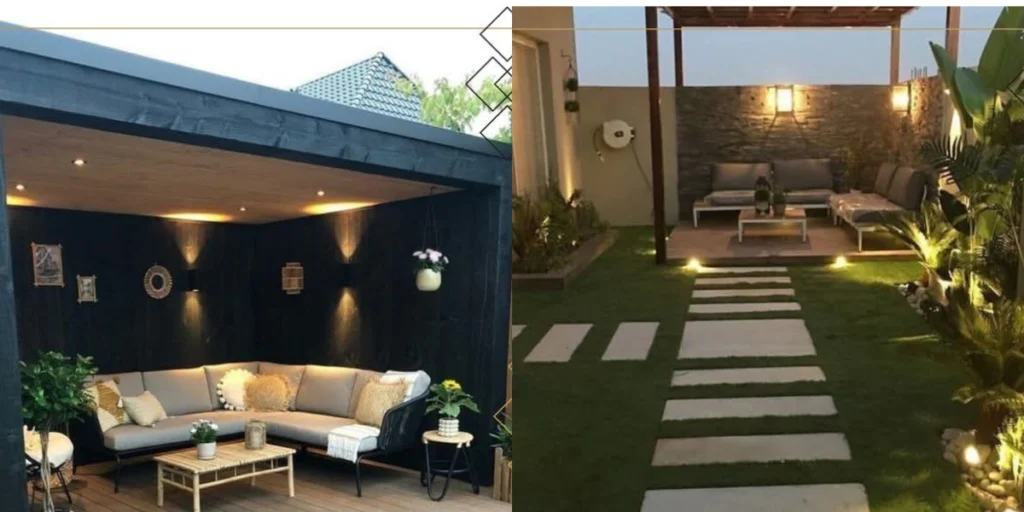
Purchase of materials and plants according to a predetermined budget
By planning, you can select the necessary materials and plants for your project according to a specific budget, which reduces overspending and optimizes the use of available resources. When drawing up a clear plan, it becomes easy to determine exactly what the design needs, be it building materials such as stones or timber, or plants that match the local climate. Such planning can prevent the purchase of unnecessary or expensive materials or plants, which helps to keep the budget and make the most of the available resources.
Reduce the need for future changes thanks to thoughtful design
Starting directly into designing outdoor spaces or gardens without thinking ahead can cost you a lot, so always try to move within a pre-thought-out plan, as the need for future modifications or changes is reduced. When each part of the project is carefully chosen, whether it is the allocation of spaces or the placement of plants, it becomes less likely that you will need to make subsequent changes. This reduces the costs that may result from modifying or replacing elements that do not fit the original design. Good planning saves time and money in the long run and ensures that the garden or outdoor space will continue to meet your needs over time.
4- Some basic elements to consider in planning
First, analyze the site, such as outdoor spaces, soil, and lighting.
Always try to be careful about some of the things that must be considered before starting to design a garden or outdoor space, which is a basic step to ensure success. This analysis includes studying the available space, as it helps determine how to distribute the various elements, such as green outdoor spaces, seating areas, and walkways.
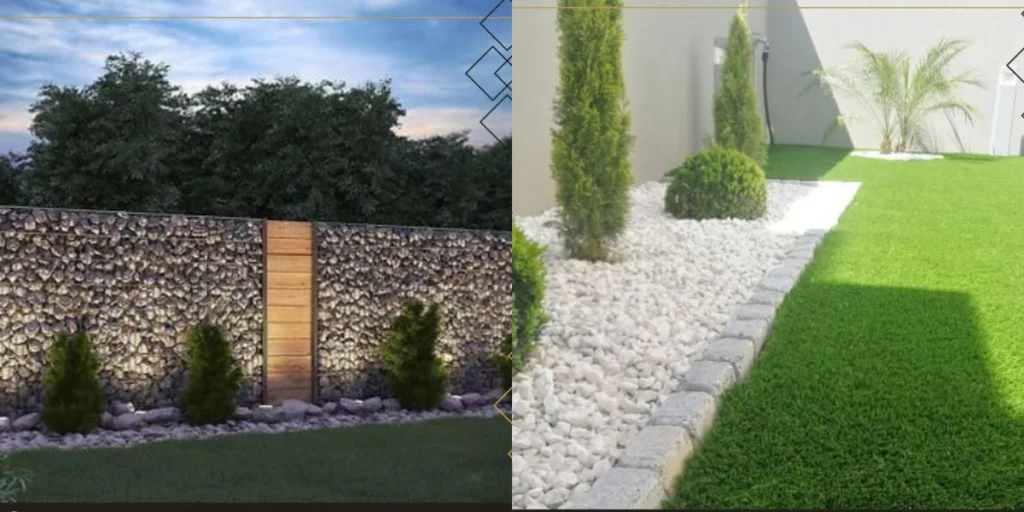
The type of soil in which the plants will be planted must also be taken into consideration, whether it is clay, sandy, or fertile, as the type of soil greatly affects the choice of plants. In addition, natural lighting is an important factor; knowing how sunlight is distributed in the site helps determine the appropriate places for plants that need direct sunlight or those that prefer shade. This analysis helps avoid future mistakes and achieve an integrated design that suits the site environment.
Any design of gardens and outdoor spaces should begin with a clear definition of goals and needs. Is the goal to create a recreational space for relaxation and social activities, or are functional areas such as corridors for traffic or areas for storing tools needed? Aesthetic aspects should also be considered, such as adding artistic touches or decorations that match personal taste or the overall style of the house or project. Setting these goals will facilitate the selection of suitable items and ensure that the space meets the diverse needs of its owners, be it recreational, practical, or aesthetic.
Selection of plants and materials suitable for the local environment
Choosing the right plants and materials for the local environment is one of the most important steps of effective planning. By knowing the local climate, soil type, and other environmental conditions, it is possible to choose plants that grow well and need minimal care and maintenance. For example, drought-resistant plants can be selected in hot regions or moisture-tolerant ones in places with a humid climate. In addition, materials for construction or outdoor furniture should be selected based on their ability to withstand local climatic conditions, which contributes to reducing maintenance costs and increases sustainability.
Planning of the irrigation and drainage system
Good planning of the irrigation and drainage system is an essential part of any design of gardens and outdoor spaces. Choosing a suitable irrigation system ensures effective water delivery to plants and reduces their waste, which helps reduce water costs and preserve the environment. Drip irrigation or automatic irrigation systems can be used to distribute water efficiently. It should also be ensured that there is a good sanitation plan to ensure that excess water is drained properly, thus avoiding the accumulation of water in unwanted spaces that may damage plants or infrastructure.
5- Examples of successful planning
An example of a model of a Home Garden with a sustainable design
Pre-planning the creation of a home garden with a sustainable design is a great example of combining beauty and environmental considerations. In this design, drought-resistant plants are selected that require less watering, which reduces water consumption
Natural and renewable building materials, such as recycled timber or local stones, are also used, which contribute to reducing the environmental impact. In addition, an effective irrigation system such as drip irrigation is included to save water and make the most of available resources. The design also contains shaded relaxation spaces with outdoor furniture made from sustainable materials, surrounded by native plants that improve air quality and support biodiversity.
A project to transform a neglected outdoor space into a green oasis
Transforming a neglected outdoor space into a green oasis is a project that invests in revitalizing unused outdoor spaces and transforms them into a sustainable and beautiful environment. In this project, planning begins with a site analysis to determine the type of soil and water needs, and then local plants that are suitable for the environment are selected, reducing the need for frequent watering and maintenance.
Paths from natural materials are included to guide the movement of visitors, with the addition of water elements such as small ponds or fountains to keep moisture in the atmosphere and achieve a calming effect. A relaxation Outdoor space is also being built using furniture made from recycled or sustainable materials, and the project also includes the installation of a water-saving irrigation system and places to collect rainwater for use in watering plants.
In conclusion, I would like to clarify that 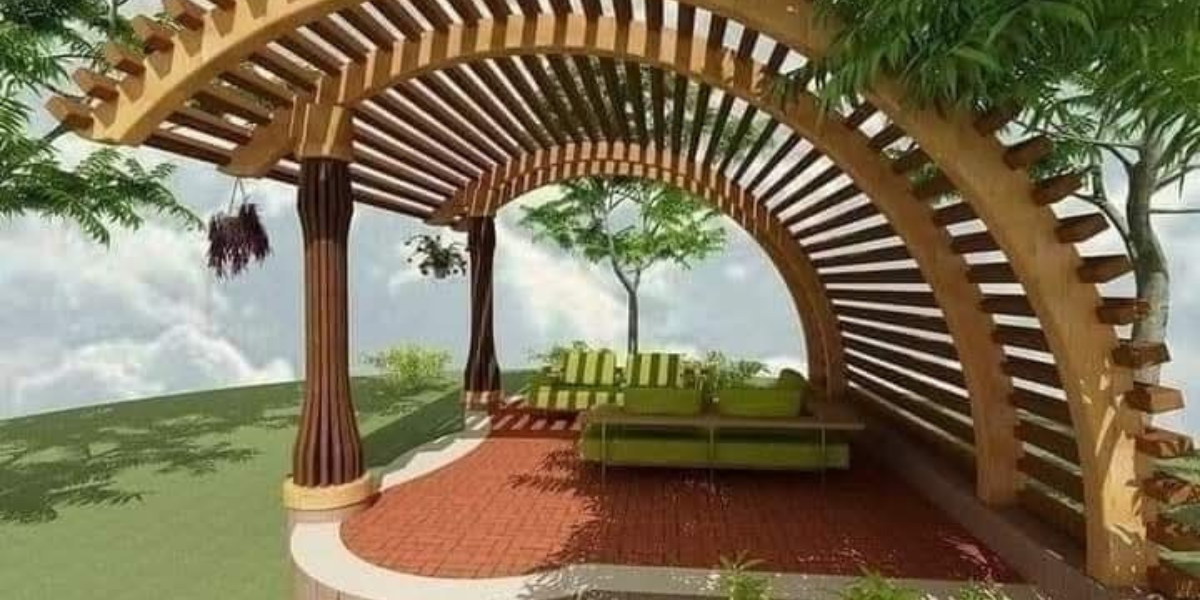 this is the key element to achieving an effective and sustainable garden or outdoor space design. By carefully studying the site’s needs and setting goals, it is possible to ensure that each part of the garden serves a specific purpose and meets your personal or business needs. Thoughtful planning reduces costs and effort in the long run and enhances resource use efficiency.
this is the key element to achieving an effective and sustainable garden or outdoor space design. By carefully studying the site’s needs and setting goals, it is possible to ensure that each part of the garden serves a specific purpose and meets your personal or business needs. Thoughtful planning reduces costs and effort in the long run and enhances resource use efficiency.
Therefore, it is important to adopt a sustainable approach to gardening and  design, where the benefit is not limited to beauty only but extends to preserving the environment and using resources wisely. Let’s rethink how we design our gardens to be part of sustainable solutions that improve our lives and future generations’ lives.
design, where the benefit is not limited to beauty only but extends to preserving the environment and using resources wisely. Let’s rethink how we design our gardens to be part of sustainable solutions that improve our lives and future generations’ lives.
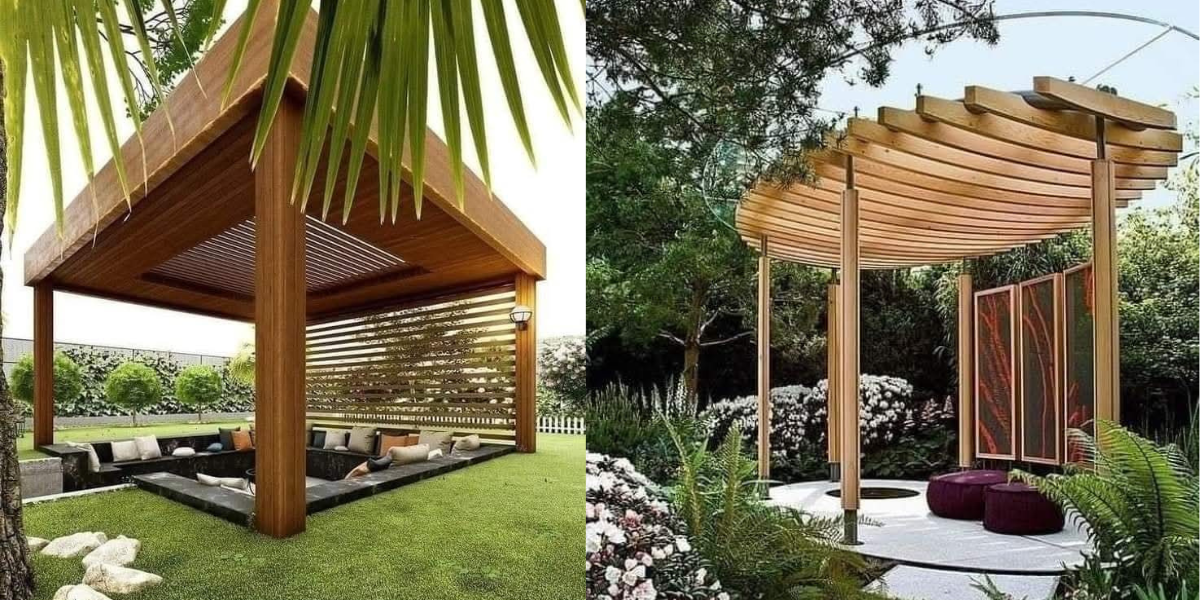
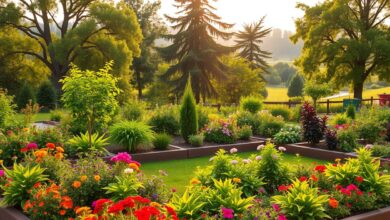 Home garden design :with the best tips for choosing the right plants for your climate
Home garden design :with the best tips for choosing the right plants for your climate